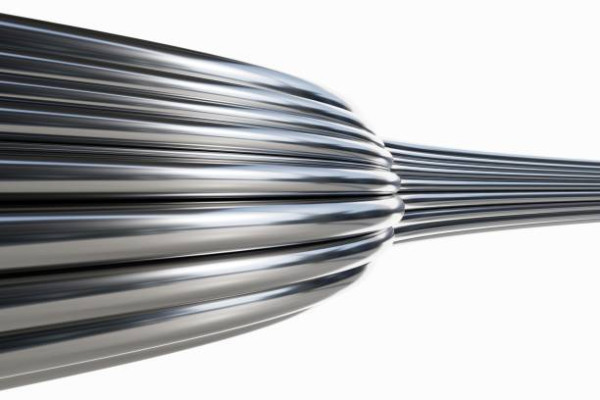Material selection mistakes cost companies thousands in premature equipment failures and unplanned downtime. Engineers face mounting pressure to specify materials that will deliver long-term reliability while controlling procurement costs. The wrong choice leads to catastrophic system failures, safety incidents, and lost production revenue that impacts bottom-line performance.
309 stainless steel tube excels in high-temperature environments where oxidation resistance becomes critical for operational success. This austenitic grade maintains structural integrity at temperatures reaching 2000°F, making it indispensable for furnace applications, heat exchangers, and kiln systems. The enhanced chromium content prevents scaling and maintains mechanical properties under thermal cycling conditions.
Hastelloy C276 tubing dominates applications requiring superior corrosion resistance in aggressive chemical environments and marine conditions. This nickel-molybdenum-chromium superalloy withstands attacks from acids, chlorides, and oxidizing media that destroy conventional stainless steels. Chemical processing plants rely on C276 for equipment longevity in harsh operational conditions.
Temperature Performance Characteristics
- High-Temperature Oxidation Resistance: 309 stainless steel demonstrates exceptional performance in oxidizing atmospheres at elevated temperatures. The material resists scale formation and maintains surface integrity during continuous exposure to temperatures exceeding 1800°F. This characteristic makes it suitable for waste heat recovery systems and industrial heating applications.
- Thermal Cycling Durability: Extended thermal cycling creates stress patterns that cause material degradation in standard alloys. 309 stainless steel maintains austenitic structure stability through repeated heating and cooling cycles. The material exhibits consistent thermal expansion coefficients that reduce joint stress and prevent premature cracking in tube-to-header connections.
Corrosion Resistance Comparison
- Chemical Processing Applications: Hastelloy C276 provides unmatched resistance to reducing acids, including hydrochloric and sulfuric acid solutions. The material performs effectively in chloride-containing environments where stainless steels experience pitting and crevice corrosion. Processing plants handling aggressive chemicals depend on C276 for reliable long-term service.
- Marine Environment Performance: Saltwater exposure creates unique corrosion challenges that standard materials cannot withstand effectively. C276 tubing resists chloride stress corrosion cracking and maintains structural integrity in seawater applications. Offshore platforms and desalination facilities specify this alloy for critical piping systems requiring maximum durability.
Industry-Specific Material Selection
- Petrochemical Sector Preferences: Temperature requirements often determine material selection in petrochemical processing applications. Furnace systems and reformer tubes typically specify 309 stainless steel for high-temperature oxidation resistance. Chemical processing units handling corrosive media prefer Hastelloy C276 for superior chemical compatibility and extended service life.
- Power Generation Applications: Steam generation systems create demanding operational conditions requiring careful material consideration. Superheater tubes benefit from 309 stainless steel’s temperature capabilities and oxidation resistance. Flue gas desulfurization systems utilize C276 tubing for corrosion resistance against acidic condensates and sulfur compounds.
Selection Criteria and Decision Factors
- Environmental Assessment Requirements: Successful material selection requires comprehensive analysis of operational conditions, including temperature ranges, chemical exposure, and mechanical stresses. Consider these critical factors:
- Maximum operating temperature and thermal cycling frequency
- Chemical composition of process media and potential corrosive elements
- Pressure requirements and mechanical loading conditions
- Maintenance accessibility and replacement cost considerations
- Regulatory compliance requirements for specific industry applications
- Cost-Benefit Analysis Considerations: Initial material costs must be evaluated against total lifecycle expenses including maintenance, downtime, and replacement frequency. Hastelloy C276 commands premium pricing but delivers extended service life in corrosive environments. 309 stainless steel offers cost-effective performance for high-temperature applications without extreme chemical exposure.
Making the Right Material Choice: Selecting between 309 stainless steel tube and Hastelloy C276 tubing requires careful evaluation of operational demands, environmental conditions, and long-term performance expectations. Temperature-dominated applications favor 309 stainless steel, while corrosive environments demand C276’s superior chemical resistance. Contact qualified material specialists to analyze your specific requirements and ensure optimal material selection for maximum equipment reliability and operational success.
Featured Image Source: https://media.gettyimages.com/id/2155021683/photo/metallic-curved-tubes-in-perspective.jpg
